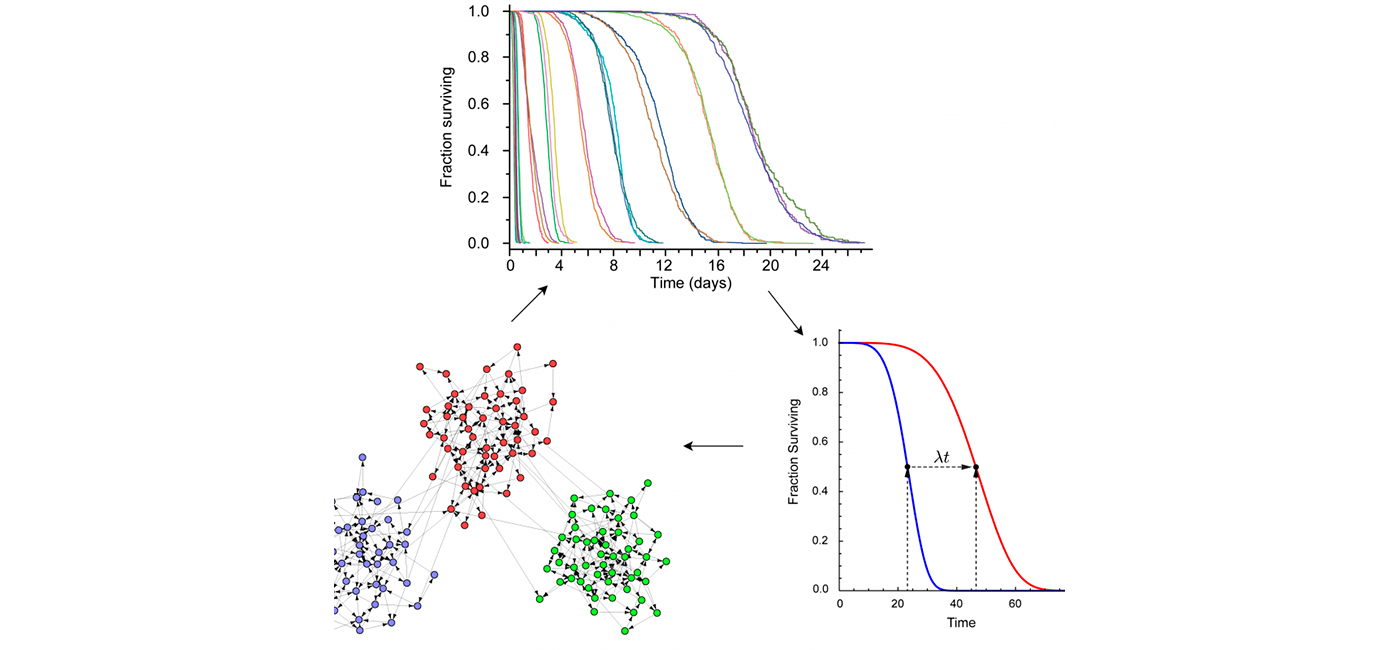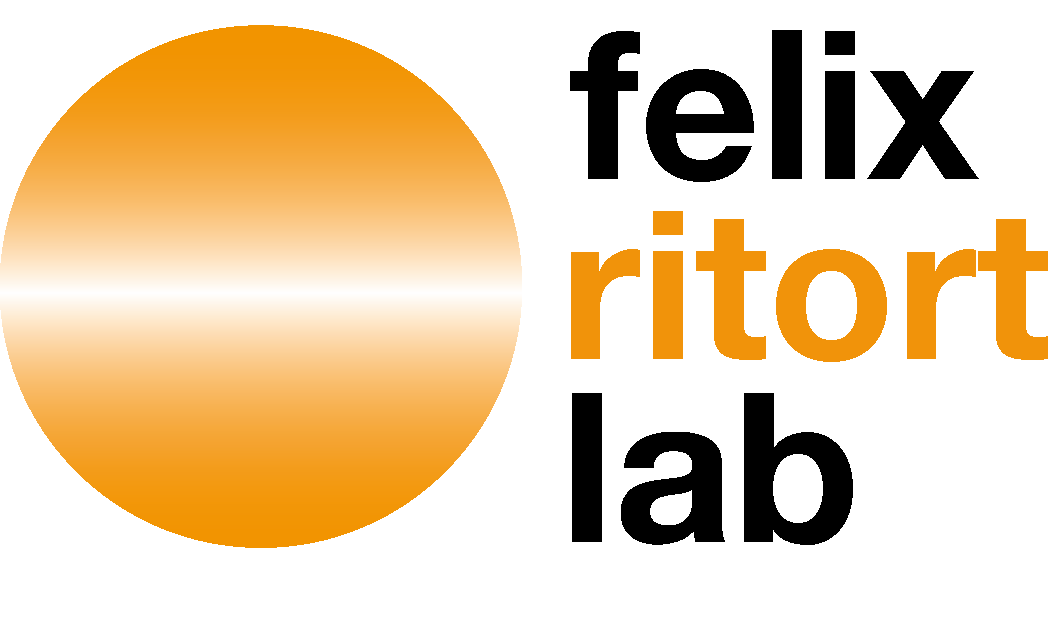
Seminar “The temporal scaling of C. elegans aging”
Date
Wednesday, 14th November of 2018
Time
11:30 am
Place
University of Barcelona
Faculty of Physics Building
Room 3.20, 3rd floor
Speaker
Dr Nicholas Stroustrup, Centre for Genomic Regulation (Spain)
Abstract
Aging produces a wide distribution of lifespan even among isogenic individuals housed in controlled environments. Analyzing high-resolution demographic data collected using our automated method, we find that diverse interventions in aging alter C. elegans lifespan of through an apparent stretching or shrinking of time: a temporal scaling of the survival curve. Interventions producing this effect include changes in diet and temperature, exposure to oxidative stress, and the disruption of genes including the insulin/IGF-1 pathway components daf-2.
In certain cases, a temporal scaling of survival curves is statistically indistinguishable from several other parametric models previously proposed to describe the quantitative effect of interventions in aging. So, to differentiate between these models, we investigated the effect of transient interventions applied early in adulthood. We observed that early-adulthood changes in temperature produce temporal shifts of the survival curve, distinct from the temporal scaling produced by whole-life exposure. The magnitudes of these shifts were accurately predicted by a model in which interventions produce a temporal scaling of a single aging process during any period of exposure, in which the rate of all physiologic changes influencing lifespan is altered in concert.
Clearly, the interventions we characterize produce diverse changes at the molecular level and differential effects across various “health-span” phenotypes. It is therefore surprising to see all the physiologic determinants of lifespan, whatever they may be, appearing to respond in such a uniform way across many interventions. In a series of simulations, we find that temporal scaling can arise as a general behavior of complex networks, in which the interdependence of components serves to propagate the consequences of declines in functions of small sub-networks across the whole network. Perhaps such network phenomena may help explain other aspects of aging, and provide the basis for an empirically-grounded, quantitative framework that links molecular interventions to their systemic effects in aging.


